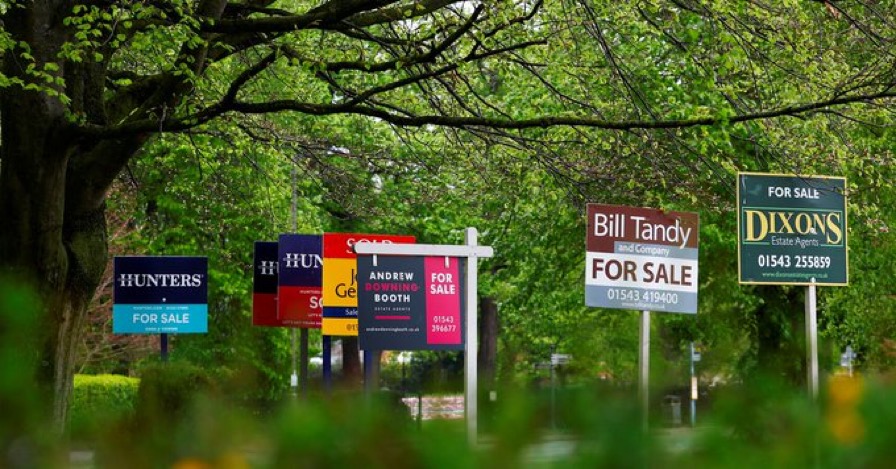Here’s where buyers are heading to auction for a swift sale

Here’s where buyers are turning to auctions for a swift sale
Research by digital home information pack provider, Moverly, reveals where in Britain’s property auction hotspots are, with buyers and sellers searching for alternatives to the open market.
Selling at auction is often faster than the open market, especially when a property is in disrepair or has a feature that will put off the traditional buyer.
Meanwhile, buyers often attend auctions to secure properties at a lower price than the open market, and also benefit from the speedy transaction process on offer.
To understand the role that property auctions are playing in today’s housing market, Moverly started by analysing auction stock as a percentage of all homes currently on the market.
Across Great Britain, auction properties currently account for 2% of all homes on the market.
Stock is at its highest in the North East where auction homes make up 5.3% of the regional listings total.
In the North West, auction stock sits at 2.9%, while the East Midlands (2.6%), Wales (2.4%), Yorkshire & Humber (2.3%), and West Midlands (2.2%) all rank above the national average..
Auction stock is at its lowest in London (1.3%) and the South East (1.4%).
Moverly has also looked at demand for auction properties to see how keen buyers are to snap up homes under the hammer, often looking for a bargain, and where in the nation demand is the highest.
Demand is calculated by measuring the number of auction properties currently available against those already sold subject to contract (SSTC). If, for example, there are 100 auction properties listed and 50 are already SSTC, demand is 50%.
Across Britain, demand for auction homes sits at 31.1%.
The region of highest demand is the East of England where it currently measures 37.6%, meaning this is the area of Britain where buyers are most keen on snapping up auction properties.
This is followed by the West Midlands (36.9%), South West (36.8%), North East (32.5%), and South East (32.4%).
The regions of lowest demand are London (14.2%) and Scotland (26.6%).
Moverly co-founder Ed Molyneux, commented:
“Property auctions present good opportunities for buyers and sellers alike, but there are also potential risks to consider on both sides.
For sellers, an auction can be a route to a fast, reliable sale, often completing within a month of the hammer falling. And if the property in question is dilapidated or too unusual to tempt buyers on the open market, auctions attract buyers who are willing to take such investments and projects on.
The downside is price – you are unlikely to achieve an open market value for the home because buyers do not attend auctions to pay open market prices – they’re looking to bag a good deal. Combine this with the seller’s fee you’ll have to give the auction house and you might think twice about this way of selling.
The biggest upside for buyers is the opportunity to bag the aforementioned bargain. This, combined with the speed of an auction purchase make it an attractive way of buying.
But, buyers need to be aware that there is often a good reason for a home to be sold at auction. The property might be in dire need of renovation works that simply wouldn’t be acceptable on the open market. In this case, the money saved on the purchase price could quickly be spent on getting the home up to a decent standard.
To avoid this, buyers need to be confident that they can take on the work required, and have done a lot of planning before the auction to understand how much they’re going to need to spend to avoid going over budget.”






